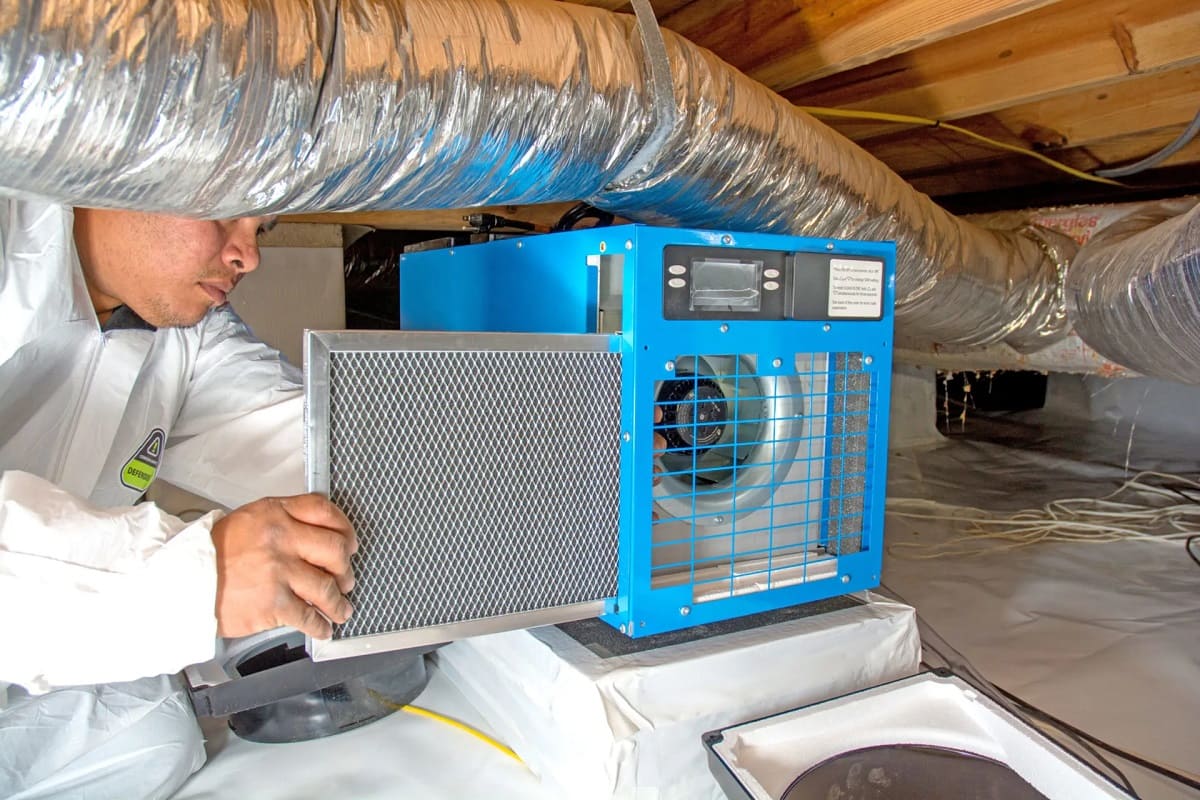

Articles
Where To Place Dehumidifier In Basement
Modified: October 20, 2024
Learn where to place a dehumidifier in your basement to effectively control moisture and prevent mold growth. Check out our informative articles on the best strategies.
(Many of the links in this article redirect to a specific reviewed product. Your purchase of these products through affiliate links helps to generate commission for Storables.com, at no extra cost. Learn more)
Introduction
A basement can be a valuable space in your home, providing extra storage, living, or recreational areas. However, it is also prone to high humidity levels, which can lead to a range of problems such as musty odors, mold growth, and damage to your belongings. To combat these issues, it is essential to have a dehumidifier in your basement. But where exactly should you place it?
In this article, we will explore the importance of dehumidifying the basement and guide you on the best locations to place a dehumidifier. We will also discuss alternative options and provide tips on using and maintaining your basement dehumidifier effectively.
Key Takeaways:
- Proper placement of a dehumidifier in the basement is crucial for maintaining a healthy environment, preventing structural damage, and eliminating musty odors. Consider factors like humidity levels, accessibility, and drainage options when deciding where to place the unit.
- Effective use and maintenance of a basement dehumidifier are essential for controlling humidity levels and ensuring optimal performance. Set the ideal humidity level, run the dehumidifier continuously, and follow manufacturer’s recommendations for cleaning and maintenance to create a comfortable and dry basement space.
Read more: How To Install A Dehumidifier In Basement
Importance of Dehumidifying the Basement
Controlling humidity levels in your basement is crucial for a variety of reasons. Excessive moisture can create an ideal breeding ground for mold, mildew, and other harmful microorganisms that can compromise the air quality in your home. This can lead to respiratory issues, allergies, and other health problems, particularly for individuals with pre-existing conditions.
In addition to health concerns, high humidity levels can also cause structural damage to your home. Moisture can seep into walls, floors, and furniture, leading to rot, warping, and decay. This can weaken the structural integrity of your basement and, in some cases, spread to other areas of your home.
Another significant consequence of high humidity in the basement is the musty odor it creates. This unpleasant smell can permeate throughout your home, making it difficult to eliminate. It can also be embarrassing when you have guests over.
By using a dehumidifier in your basement, you can effectively manage the humidity levels, preventing these issues from occurring. A dehumidifier works by extracting moisture from the air, reducing the overall humidity and creating a drier and healthier environment.
Now that we understand the importance of dehumidifying the basement, let’s explore the factors you need to consider when deciding where to place your dehumidifier.
Factors to Consider When Placing a Dehumidifier in the Basement
When determining the ideal location for your basement dehumidifier, there are several factors to consider:
- Humidity Level: Start by identifying the areas of your basement with the highest humidity levels. This may vary depending on the layout, insulation, and ventilation of your basement. A moisture meter can help you pinpoint these areas.
- Size of the Basement: The size of your basement will dictate the capacity of the dehumidifier you need. If you have a larger basement, you may require a more powerful dehumidifier or multiple units strategically placed.
- Accessibility: Consider how easily you can access the dehumidifier for regular maintenance, emptying the water tank, and adjusting settings. Ensure that there is enough space around the unit for proper air circulation.
- Noise Level: Dehumidifiers can generate some noise while operating. If you plan to spend a significant amount of time in your basement or have a living area adjacent to it, consider placing the dehumidifier away from noise-sensitive areas.
- Drainage Options: Determine if your dehumidifier has a built-in condensate pump or if it relies on gravity to drain the collected water. If you opt for a gravity drain, ensure that the dehumidifier is positioned near a suitable floor drain or sink.
- Power Source Availability: Check for electrical outlets near your desired location. Placing the dehumidifier near a power source will ensure it can operate continuously without the need for extension cords.
- Proximity to Water Sources: Avoid placing the dehumidifier directly next to water sources, such as washing machines, water heaters, or plumbing fixtures. These areas tend to have higher humidity levels and may not provide an accurate representation of the overall basement humidity.
By taking these factors into consideration, you can determine the best locations to place your dehumidifier, ensuring optimal performance and efficiency in maintaining a dry and healthy basement environment.
Best Locations to Place a Dehumidifier in the Basement
Now that we understand the factors to consider, let’s explore the best locations to place a dehumidifier in your basement:
- Center of the Basement: Placing the dehumidifier in the center of the basement can help evenly distribute the dry air throughout the space. This location is particularly effective for smaller basements or open-concept layouts.
- Near the Source of Moisture: If you have identified specific areas with high moisture levels, such as near a leaking pipe or a damp wall, it is advisable to place the dehumidifier nearby. This helps target the source of the moisture and prevent further damage.
- Near Windows and Doors: Basements often experience humidity due to condensation from windows and doors. Placing the dehumidifier near these areas can help capture the moisture before it spreads further into the basement.
- In a Corner: If space is limited, placing the dehumidifier in a corner can be a practical solution. This maximizes floor space and prevents the unit from obstructing walkways or other activities in the basement.
- Strategically in Multiple Locations: For larger basements or areas with varying humidity levels, it may be beneficial to use multiple dehumidifiers. Place them strategically in different sections of the basement to effectively target specific problem areas and maintain consistent humidity levels throughout.
Remember to ensure proper airflow around the dehumidifier by leaving sufficient space around it. Avoid placing the unit directly against walls or other obstacles, as this can impede air circulation and reduce its efficiency.
While these locations are generally effective, it is essential to monitor the humidity levels in your basement regularly. Adjust the placement of the dehumidifier as needed to address any changes in moisture distribution or areas with persistent high humidity.
Now let’s discuss alternative placement options for dehumidifiers in the basement.
Place the dehumidifier in the center of the basement to ensure even air circulation. Keep it away from walls and obstacles for optimal performance.
Alternative Placement Options for Dehumidifiers in the Basement
While the best locations to place a dehumidifier in the basement have been discussed, sometimes constraints such as limited space or specific basement layouts may require alternative placement options. Here are a few alternatives to consider:
- Wall-Mounted: If floor space in your basement is limited, consider mounting the dehumidifier on a wall. This option keeps the unit out of the way, frees up valuable floor space, and ensures proper airflow around the unit.
- Overhead Installation: In basements with low ceilings, you can explore options for overhead installation. This might involve suspending the dehumidifier from the ceiling using brackets or mounting it on a supporting structure.
- In a Crawl Space: If your basement has a crawl space, placing the dehumidifier in this area can help prevent moisture from rising up into the main living space. Ensure that the crawl space is well-ventilated and that the dehumidifier has sufficient clearance for proper operation.
- In a Utility Room: If your basement has a dedicated utility room, such as a laundry room or HVAC room, consider placing the dehumidifier in this area. These rooms often have higher humidity levels due to appliances, ventilation systems, or water sources, making them ideal for dehumidifier placement.
- Under Stairs: Utilize the space under the basement stairs by placing the dehumidifier there. This location can be discreet while still effectively controlling the humidity levels in your basement.
Remember to follow the manufacturer’s instructions regarding installation and any specifications for alternative placement options. Additionally, regularly check the dehumidifier to ensure it is functioning properly and efficiently in these alternative locations.
Now that you know where to place your dehumidifier, let’s explore some tips for using it effectively in the basement.
Read more: How To Use Dehumidifier For Basement
Tips for Using a Dehumidifier Effectively in the Basement
Using a dehumidifier effectively in the basement can significantly improve the air quality and reduce excess moisture. Here are some tips to ensure optimal performance:
- Set the Ideal Humidity Level: Most dehumidifiers allow you to set a specific humidity level. Aim for a relative humidity (RH) between 30% and 50%. This range helps prevent mold growth while maintaining a comfortable environment.
- Run the Dehumidifier Continuously: For optimal performance, keep the dehumidifier running continuously, especially in areas with high humidity. This ensures consistent moisture removal and prevents humidity spikes.
- Empty the Water Tank Regularly: Monitor the water tank and empty it as needed. An indicator or auto shut-off feature can alert you when the tank is full. Regularly emptying the tank ensures the dehumidifier can continue operating efficiently.
- Consider Continuous Drainage: If possible, connect the dehumidifier to a drain or utilize a condensate pump for continuous drainage. This eliminates the need to manually empty the water tank and ensures uninterrupted operation.
- Clean and Maintain the Dehumidifier: Follow the manufacturer’s instructions for cleaning and maintaining the dehumidifier. Regularly clean the air filter to ensure proper airflow and remove any buildup that can affect performance.
- Position the Dehumidifier Away from Obstacles: Keep the dehumidifier away from walls, furniture, or other obstacles that may obstruct airflow. This allows the unit to extract moisture effectively and circulate dry air throughout the basement.
- Monitor Humidity Levels: Use a hygrometer to monitor the humidity levels in your basement regularly. This helps you ensure that the dehumidifier is effectively maintaining the desired humidity range.
- Insulate the Basement: Proper insulation can help prevent moisture from entering the basement. Insulating walls, floors, and pipes can help maintain a consistent temperature and reduce condensation.
- Address Water Intrusion Issues: If you notice persistent moisture or water intrusion in your basement, address the issues promptly. Fix any leaks, repair foundation cracks, and improve drainage to prevent moisture from entering your basement.
By implementing these tips, you can use your dehumidifier effectively to create a comfortable and dry environment in your basement.
Lastly, let’s discuss important maintenance and care tips for your basement dehumidifier.
Maintenance and Care for Basement Dehumidifiers
Proper maintenance and care are essential to ensure the longevity and efficient operation of your basement dehumidifier. Here are some maintenance tips to keep in mind:
- Regularly Clean the Filter: Clean the air filter of your dehumidifier according to the manufacturer’s instructions. A dirty filter can hinder airflow and reduce the unit’s efficiency. Washable filters can be rinsed with water, while disposable filters should be replaced as recommended.
- Inspect and Clean the Coils: Over time, the coils of the dehumidifier may collect dirt, dust, or debris. Inspect the coils periodically and clean them if necessary. Use a soft brush or a vacuum cleaner with a brush attachment to gently remove any buildup.
- Check for Mold or Mildew: Regularly inspect the water tank and internal components for any signs of mold or mildew. If you notice any growth, clean the affected areas with a mild bleach solution or a cleaning agent recommended by the manufacturer.
- Check the Drainage System: If your dehumidifier utilizes a drainage system, ensure that it is functioning properly. Check for any clogs or blockages in the drainage line and clean them as needed. Make sure the drainage line is securely connected to the unit and the drain source.
- Inspect the Power Cord: Regularly examine the power cord for any damage, such as fraying or exposed wires. If you notice any issues, have the cord repaired or replaced by a professional to avoid electrical hazards.
- Keep the Surrounding Area Clean: Prevent dirt, dust, or other debris from accumulating near the dehumidifier. Clean the surrounding area regularly to maintain good airflow and prevent obstructions.
- Store Properly when Not in Use: If you do not need to use the dehumidifier for an extended period, follow the manufacturer’s instructions for proper storage. Clean the unit thoroughly, ensure it is dry, and store it in a clean and dry location.
- Follow Manufacturer’s Recommendations: Always refer to the manufacturer’s manual for specific maintenance instructions and recommended cleaning products. Following the guidelines provided by the manufacturer will help maintain your dehumidifier’s performance and warranty.
By following these maintenance tips, you can extend the lifespan of your basement dehumidifier and ensure it continues to effectively control the humidity levels in your basement.
With the information and tips provided in this article, you are now equipped to effectively place, use, and maintain a dehumidifier in your basement. Remember, a dry and healthy basement is essential for your comfort and the longevity of your home.
For any specific instructions or concerns, always refer to the user manual provided by the manufacturer of your dehumidifier.
Conclusion
A basement can be a valuable space in your home, but it is also prone to high humidity levels. To combat the issues that arise from excess moisture, it is essential to have a dehumidifier in your basement. By effectively placing, using, and maintaining a dehumidifier, you can create a dry and healthy environment while protecting your home and belongings.
In this article, we discussed the importance of dehumidifying the basement and explored the factors to consider when placing a dehumidifier. We identified the best locations to place a dehumidifier and provided alternative options for unique basement layouts. Additionally, we shared tips on using a dehumidifier effectively and maintaining it for optimal performance.
Remember to regularly monitor the humidity levels in your basement using a hygrometer and adjust the settings on the dehumidifier accordingly. Empty the water tank and clean the filter regularly to ensure the unit operates efficiently. Address any water intrusion issues and insulate the basement to prevent moisture from entering the space.
By following these guidelines and maintaining your dehumidifier properly, you can successfully control the humidity in your basement and prevent problems such as mold growth, structural damage, and musty odors.
If you have any specific concerns or questions, always refer to the manufacturer’s instructions or consult with a professional. With a well-placed and well-maintained dehumidifier, you can enjoy a comfortable and healthy basement space in your home for years to come.
Remember, a dry basement is a happy basement!
Frequently Asked Questions about Where To Place Dehumidifier In Basement
Was this page helpful?
At Storables.com, we guarantee accurate and reliable information. Our content, validated by Expert Board Contributors, is crafted following stringent Editorial Policies. We're committed to providing you with well-researched, expert-backed insights for all your informational needs.
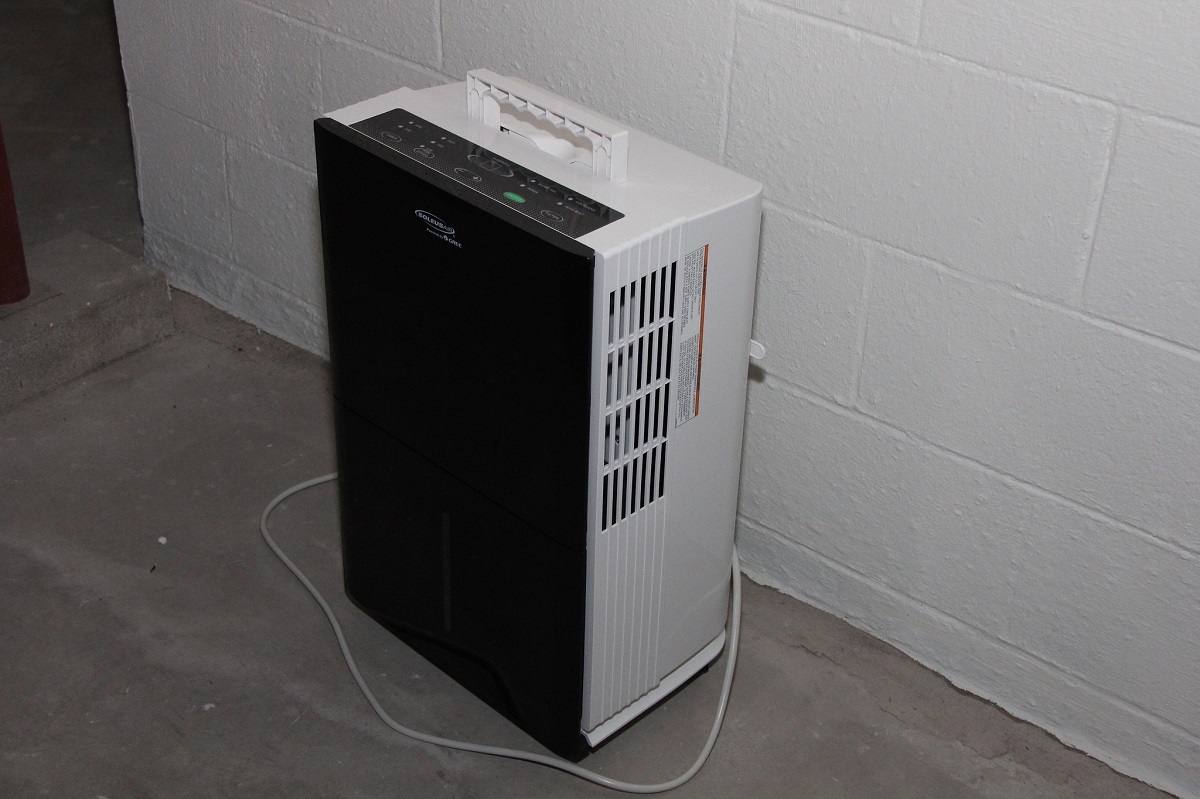
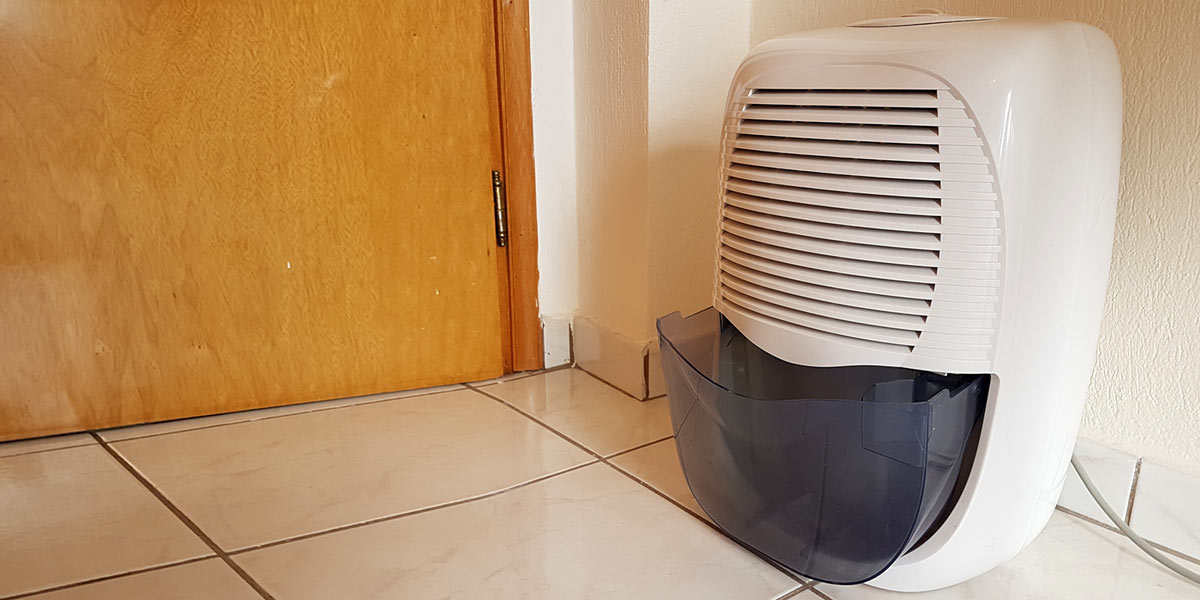
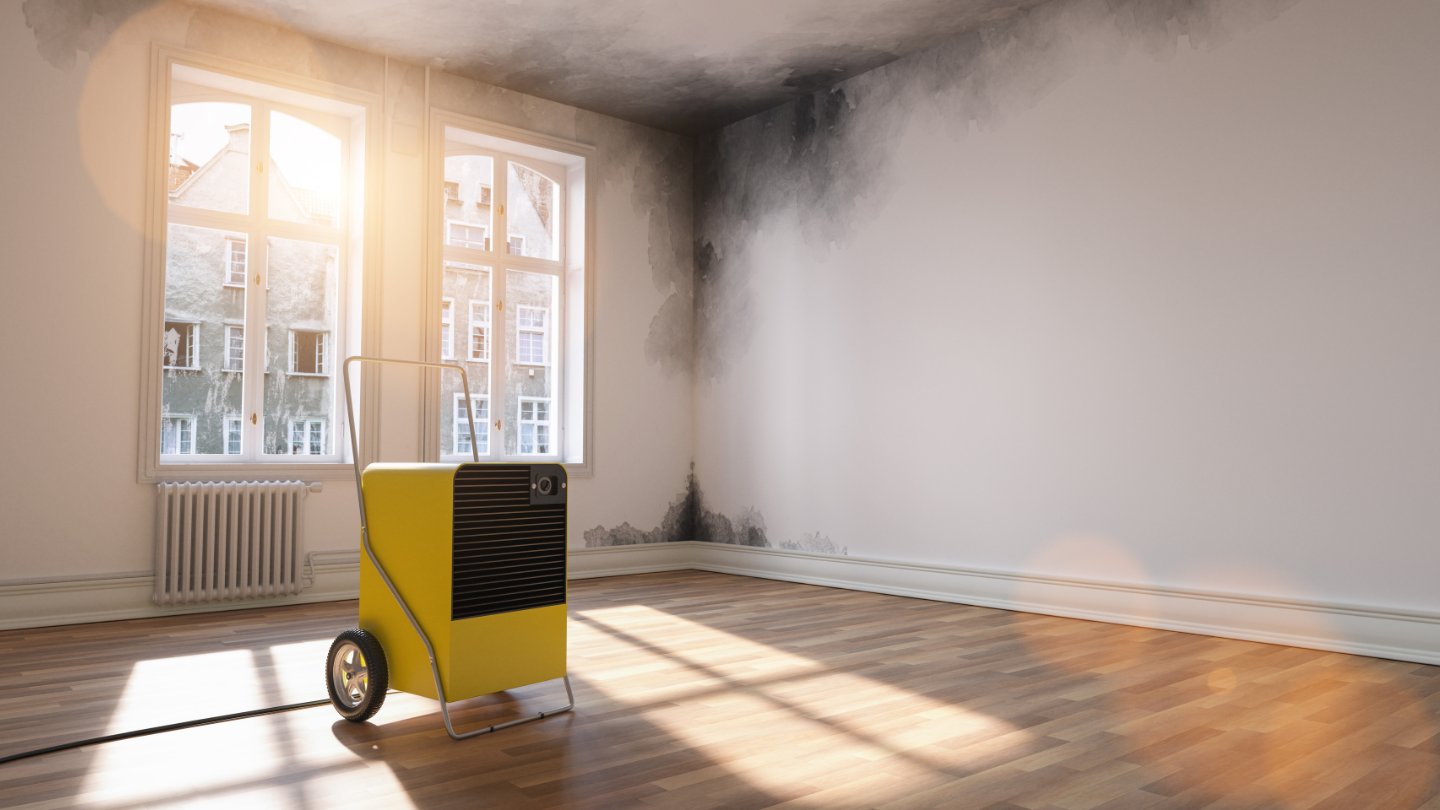
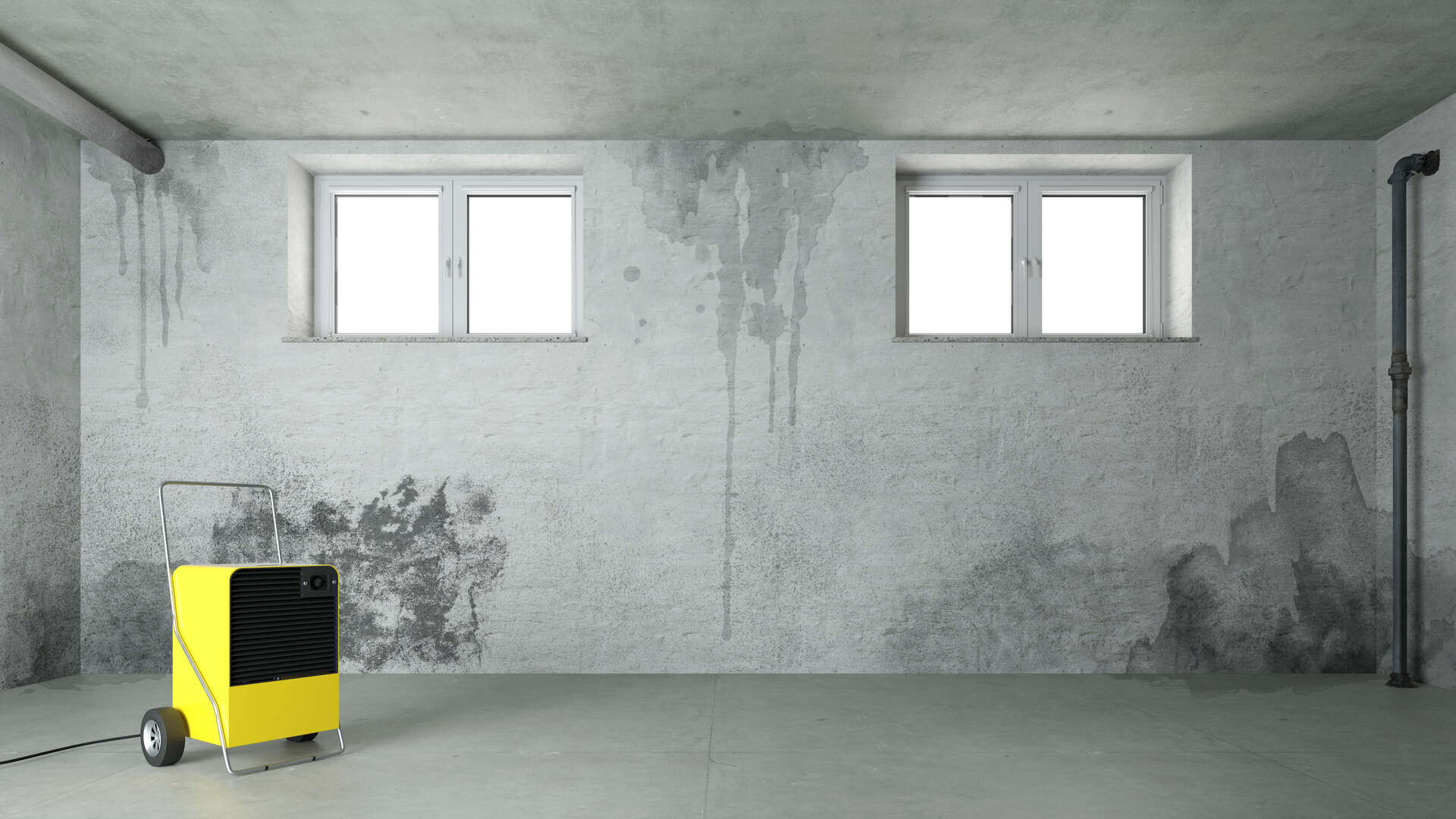

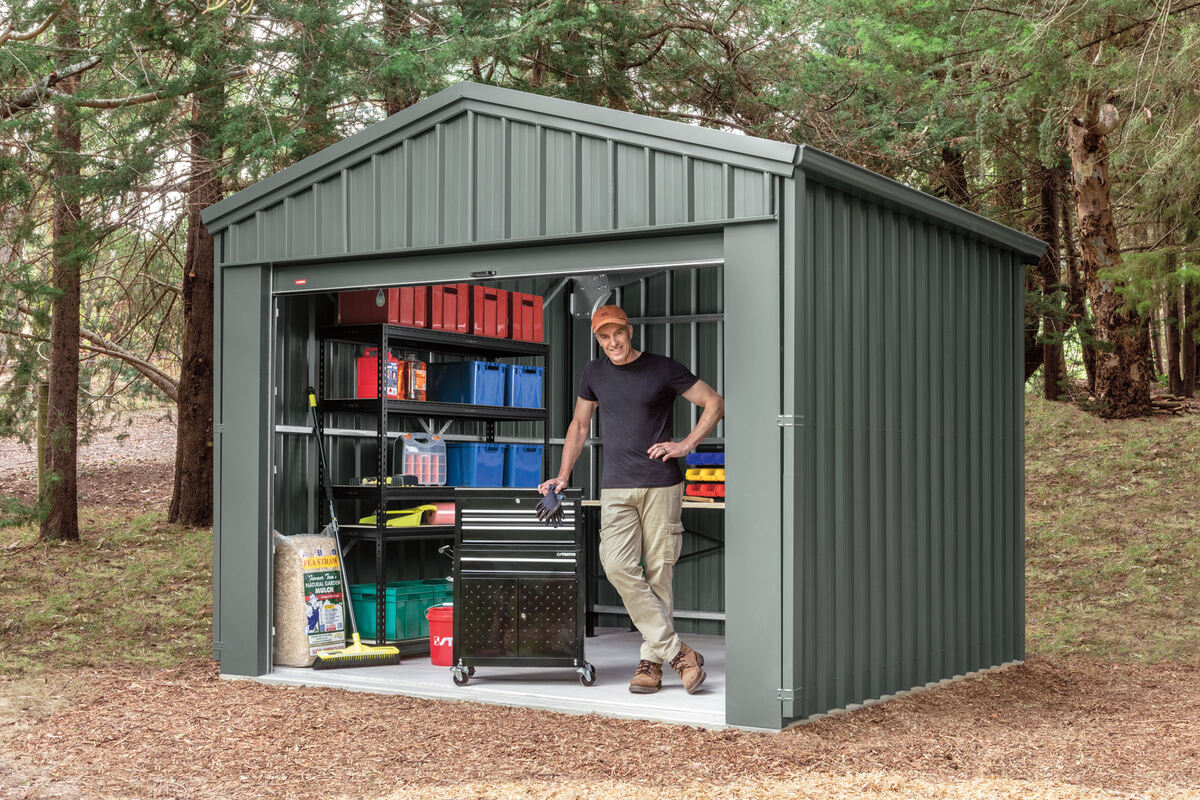
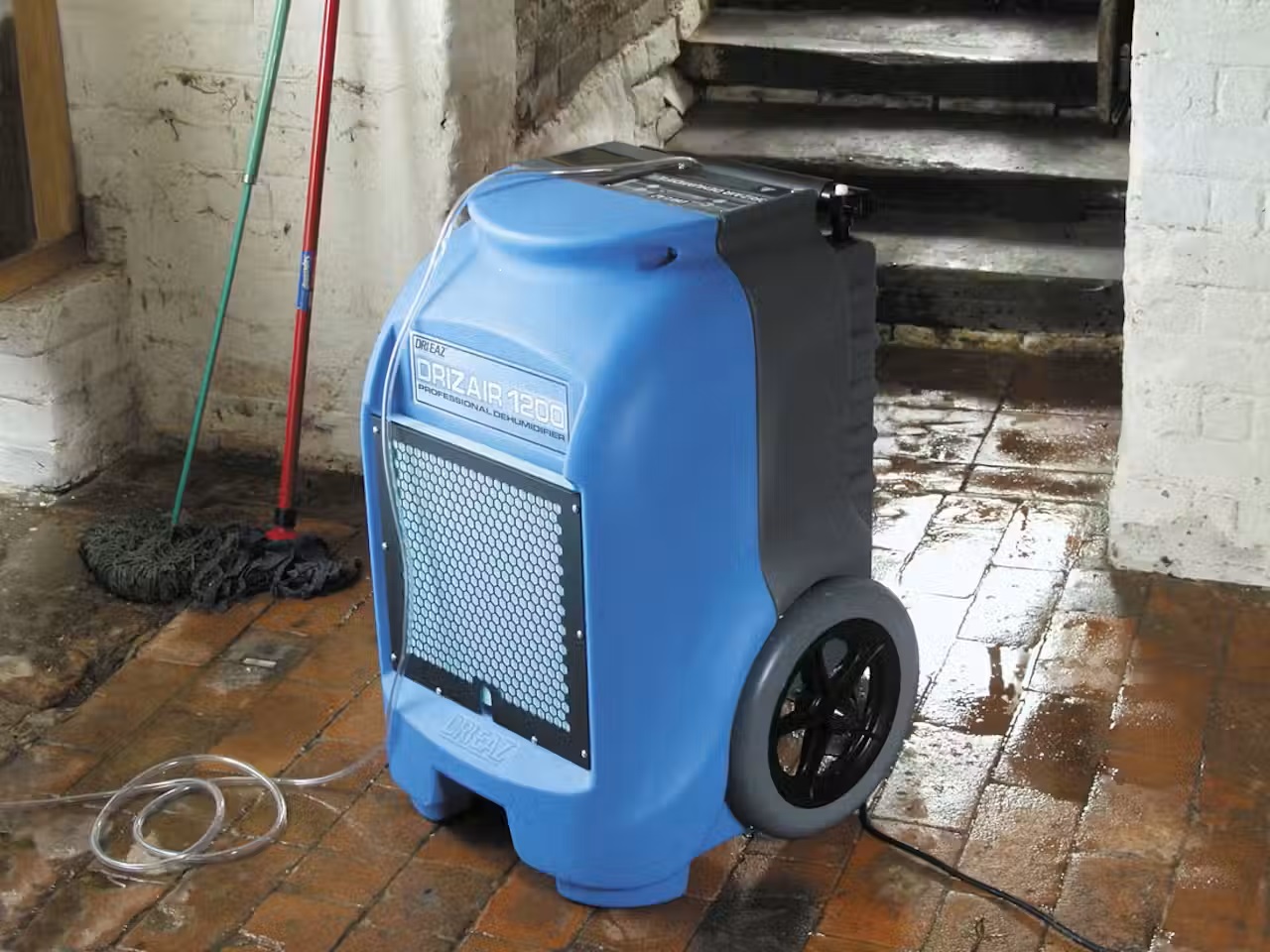
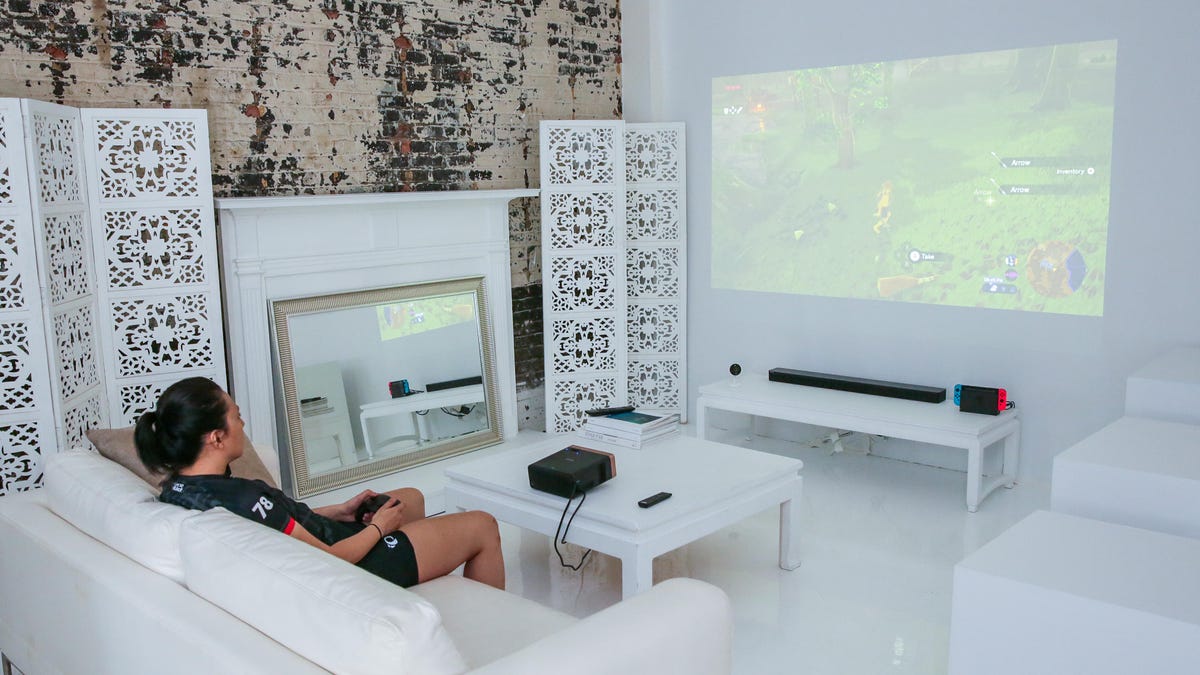
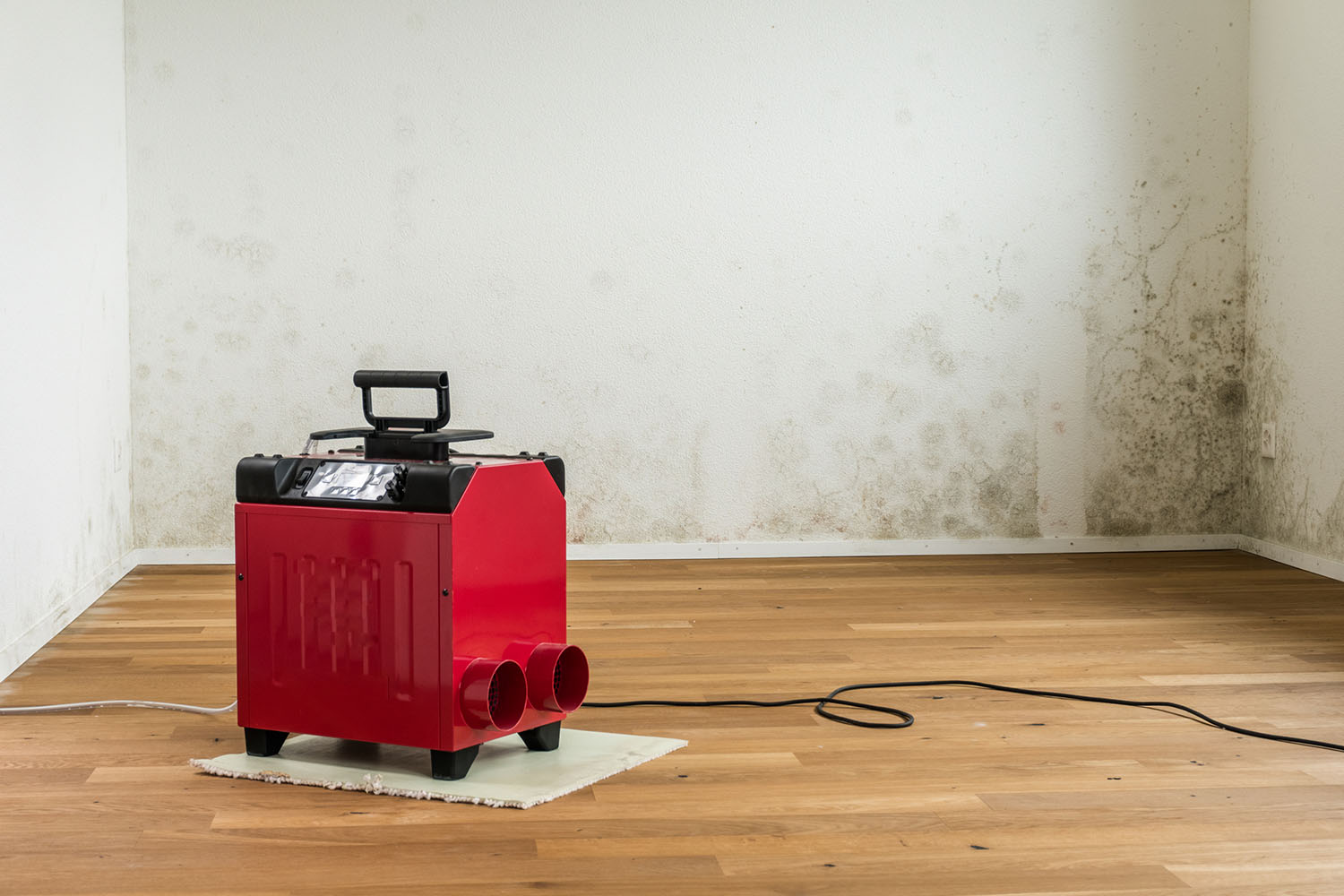
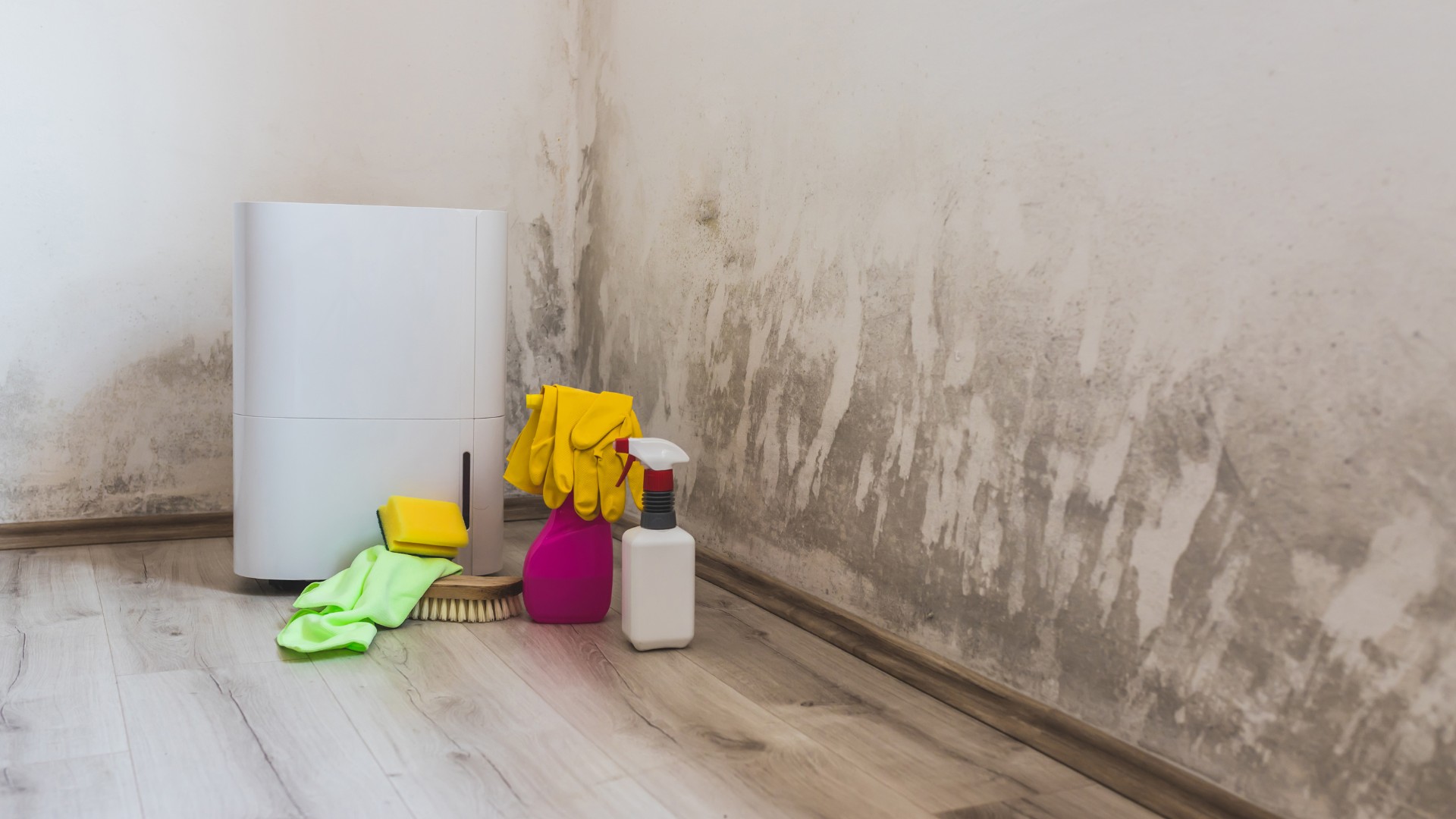
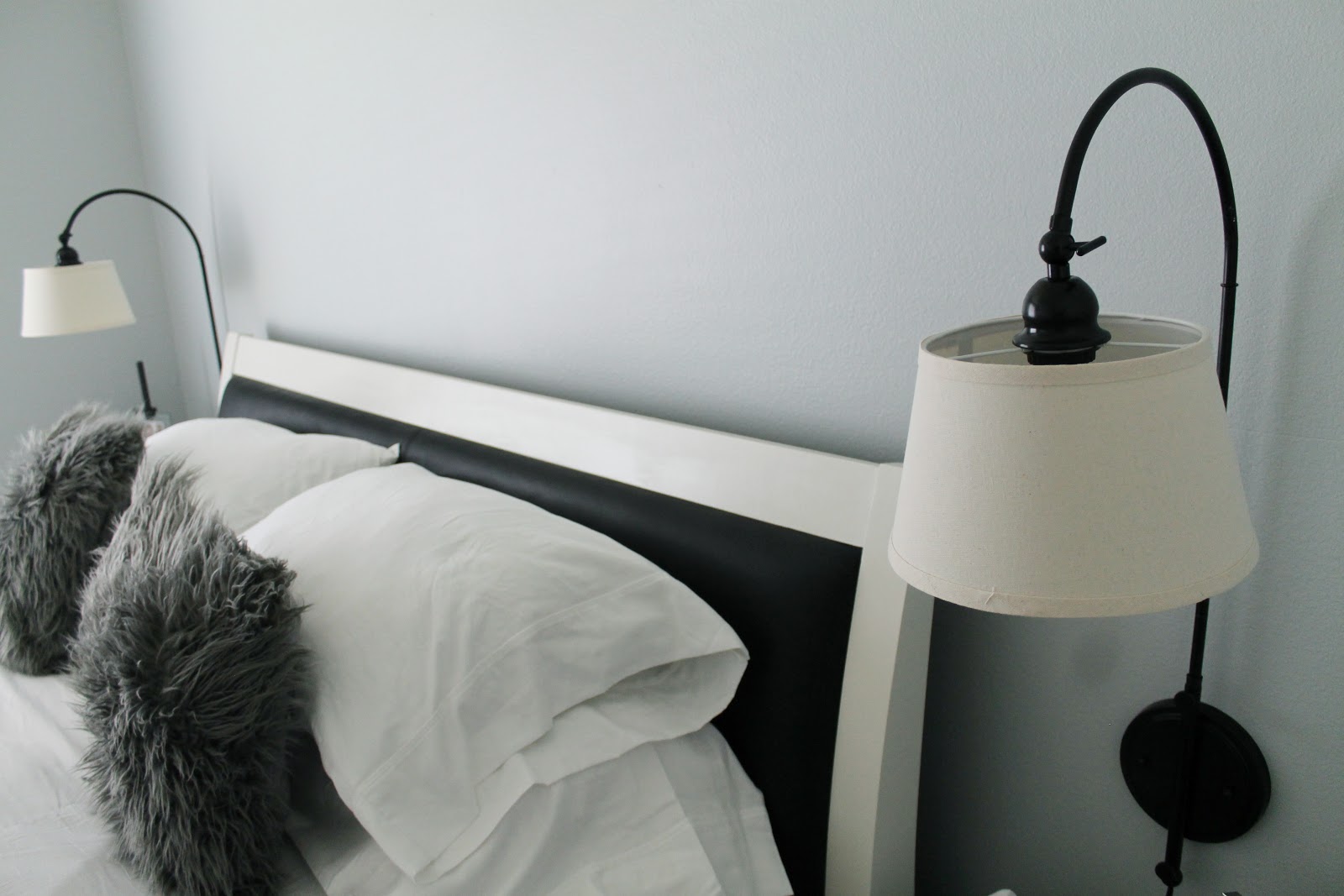




0 thoughts on “Where To Place Dehumidifier In Basement”